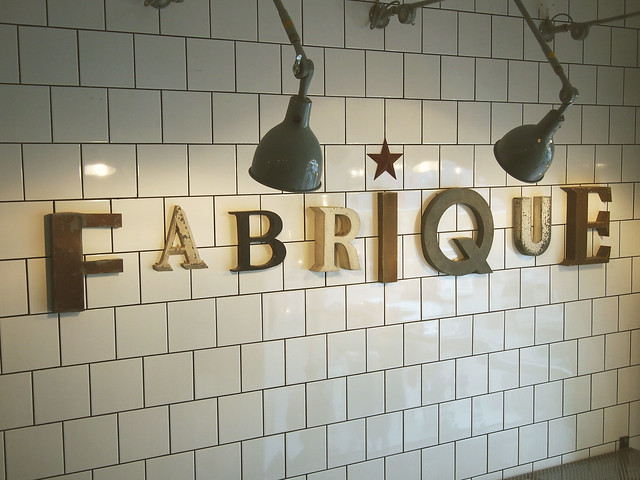*In Swedish, fika
means “coffee break.” Fika is a coming
together of friends for coffee and something sweet. It isn’t an occasional
occurrence; it is a daily habit that is woven into the fabric of people’s
everyday lives. Fika is taken before
work and after work, sometimes in the late morning or afternoon, other times in
the evening. It bookends and breaks up the day. There’s no one mandated time
for fika, only that it is taken
regularly, gladly, and deliberately, with friends.
*In every society and culture, people come together to share
food and drink. Fika ritualizes this
idea, making coffee and pastry into a social institution that is distinctive in
its casual, frequent, but still intentional nature. Its ordinariness means that
it can be seamlessly woven into daily life, a sort of mini-communion taken over
and over again throughout the day. It is the breaking of bread and the drinking
of wine, secularized, but still symbolic: of friendship, of solidarity, of
community, of pause from work, of the value of people and camaraderie, of the
small but meaningful moments that sweeten and deepen relationships.
*In Helene Anderson’s book The Swedish Table, she writes that fika establishes friendships and social circles; it is never
romantic, but it is a marker of whom you care about and who are the pulses in
the rhythm of your life.
*What is the physical substance of fika? At its most basic, coffee and a Swedish pastry, like a kanelbullar (the Swedish version of a
cinnamon bun) or a cardamom bun, both of which are yeasty and doughy, less
buttery than a croissant, and not too sweet. This is a classic pairing of a
bitter drink with a sweet food, which strikes the kind of balance that neither
can achieve alone: merely caffeine-fueled, on one hand, or purely indulgent, on
the other.
*It seems that every culture has its version of a social
non-meal that consists of complementary food and drink. In Italy, men stand
around espresso bars with un caffe e un
cornetto or biscotto in hand,
chatting about the business of the day. In South Africa, the pastry-drink combo
of choice is a rusk (similar to a biscotti but larger and more cake-like) and
rooibos tea. Taiwanese breakfasts feature youtiao
(a Chinese cruller, literally meaning “oil strip”) dunked in hot homemade
soymilk. And of course, dim sum, a
style of Cantonese tapas, is the food component to a much larger Hong Kong
institution, yum cha, which literally
means to “drink tea.” Going to yum cha
means that you’re eating and drinking tea (usually of the Jasmine or
Chrysanthemum variety) with friends and family, carrying the same social
implications as fika. And of course, the
ceremonial British tea time, which can be casual or breathtakingly lavish, is
another social ritual with complex codes and etiquettes that bears social,
political, and economic weight.

*In The Writing Life, Annie Dillard writes, “How we spend our days is, of course, how we spend our lives. What we do with this hour, and that one, is what we are doing.” Though the passing hours of our day may seem insignificant, I’ve come to find that the quality of my life is often determined by the interstitial moments, the small transactions that may seem mundane but become the threads that connect all the different parts, people, and places in my life. How we break up our days, for instance, might end up being the anchors around which we float.
*If we take a cue from the Swedes and transform our coffee breaks from a time of zoning out to a time of honing in on the relationships in our lives, maybe the quality of our lives will be that much better—for it’s often not the major life events that determine whether we pass our days well. It’s the daily sustenance that we take in with our minds and our senses, our hearts and our souls; the bread we break and the coffee we drink with our friends; the kinship in which we partake when we sit down, for just an hour, to shoot the breeze with a friend.


0 comments:
Post a Comment